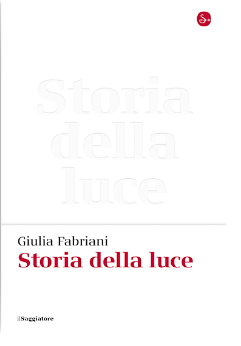Our eyes see the different frequencies of light, made up of both particles and waves, as different colours: minor frequencies close to red, major ones close to blue, with all of the other colours in between.
These characteristics give colour to all of the inhabitants of the cosmos, but visible light isn’t the only kind that exists. Through a journey in space and time, departing from nearby places like our solar system, and traveling to black holes in faraway galaxies, we will discover other luminous origins of the universe: radio waves, microwaves, x-rays, and infrared.
With a rigorous but educational approach, leaving aside formulas and technical terms, the author offers readers useful tools to learn how to handle the primary secrets of the universe, showing us how the investigation into light has two fundamental aims: it pushes us ever forward in the designing of space missions and observatories to satisfy the human thirst for knowledge, and it reminds us that stars, beyond lighting up the cosmos, also create the chemical elements of which everything is made. Because, if in the mists of time, the stars hadn’t lit up, we wouldn’t even exist.
